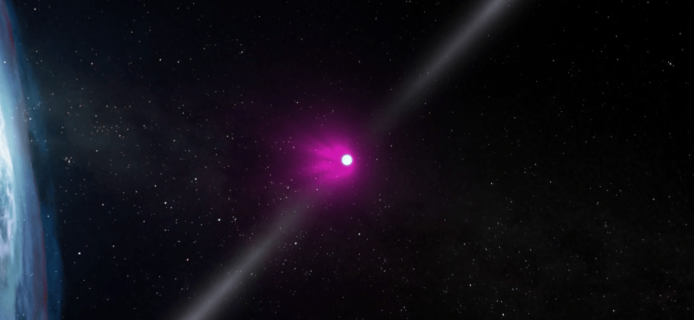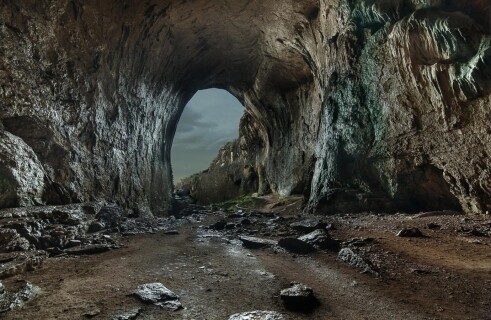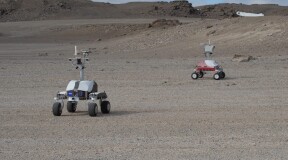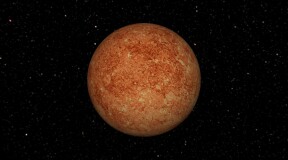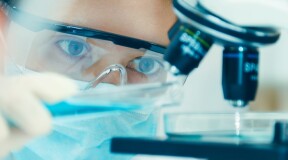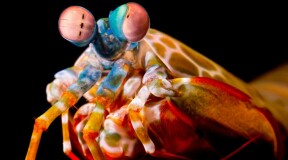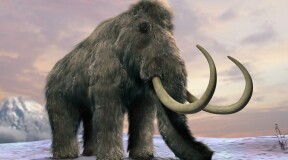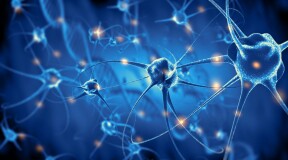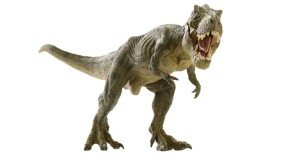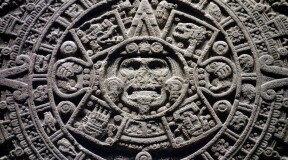-
en

Science & Education - page 18
Worst storm in history hits Africa
Mars on Earth: where it is and what it looks like
Mercury Found to Be the Closest Planet to Earth
Liquid terminator not far off – a new generation alloy is created
American scientists develop highly efficient solution for icy roads
Mantis Shrimp to Help Create an Underwater Gun
Scientists activate ancient mammoth cells
Nervous System Activity Captured on Video for the First Time
Scientists present the sound of our universe
Researchers demonstrate avian tyrannosaurus
Archeologists Rediscover Ancient Mayan Temple

